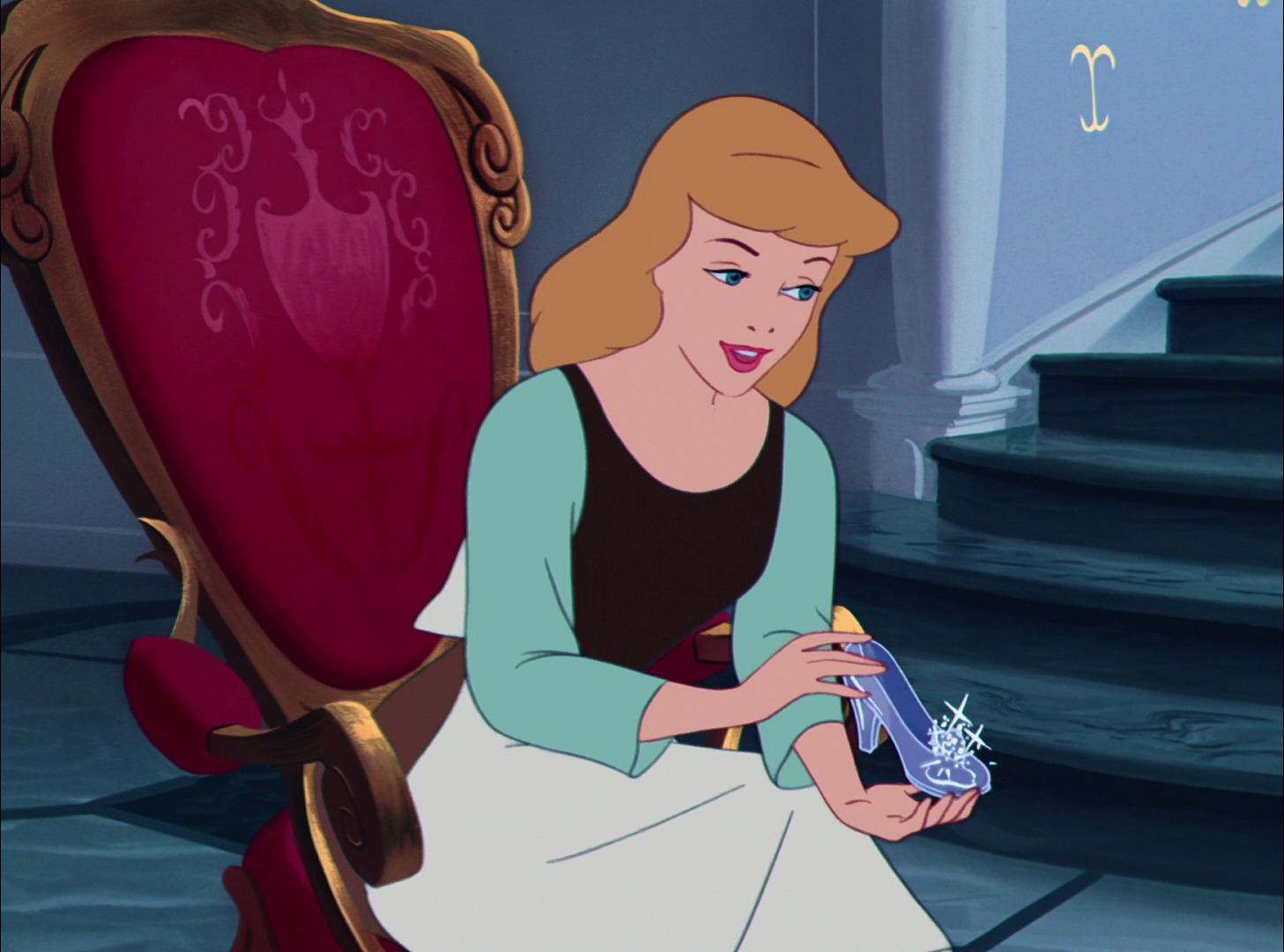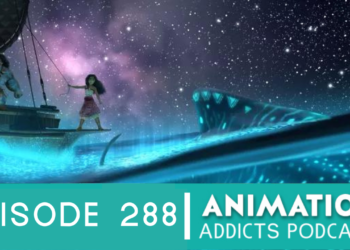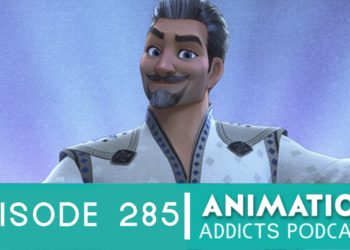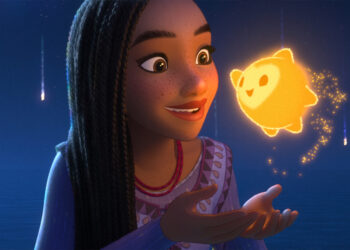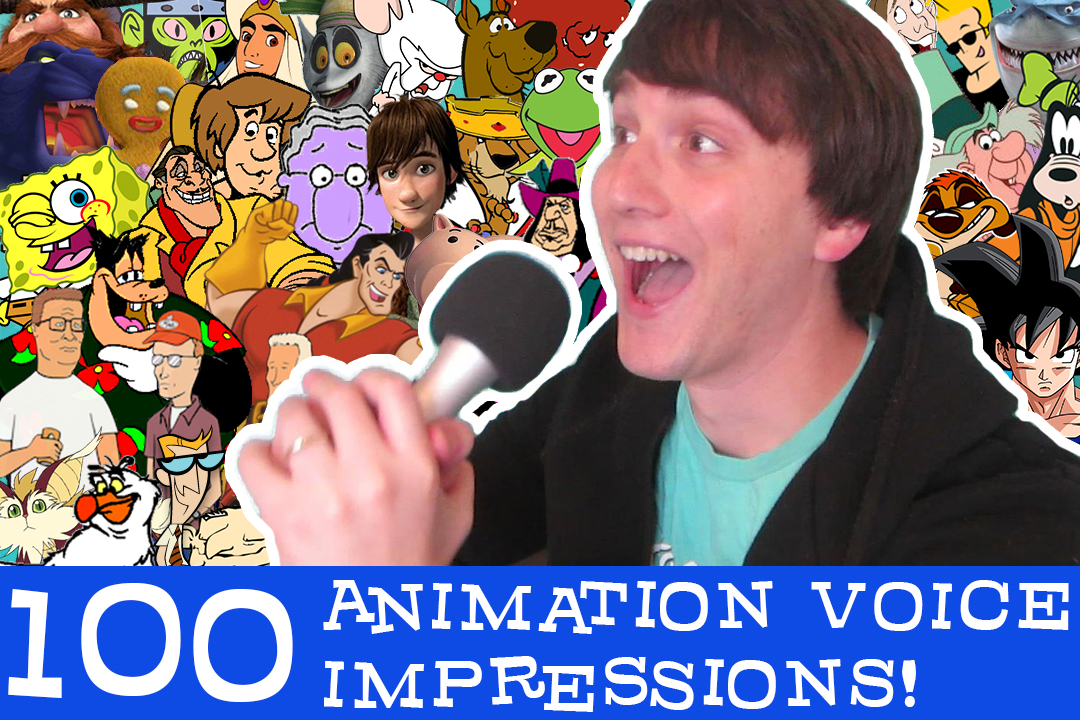With the new live-action Cinderella movie now in theaters, and with Disney higher than ever because of a certain musical princess movie called Frozen, it’s important to remember the original animated classic: Cinderella. This movie has been hailed as the film that “saved” Disney feature animation. But, how did it all happen?
A Little History
A good place to start is to look at how the studio was doing before its animated classic Cinderella was released. The Second World War and the failed box-office takings of Pinocchio and Fantasia left Walt’s company $4 million in debt. This required Walt to make his next picture, Dumbo, with a shorter running time and on a much smaller budget. Dumbo was made at half the cost of Snow White, $950,000, and managed to gain $1.6 million at the box-office during its original release. But, unfortunately, a year later the film Bambi made only $1.64 million from a $1.7 million budget. The only way Walt could keep his animation company afloat was by releasing military propaganda for the war and making low-budget ‘package films’, such as Fun and Fancy Free, Melody Time, and Make Mine Music, that included animated shorts mixed in with live-action.
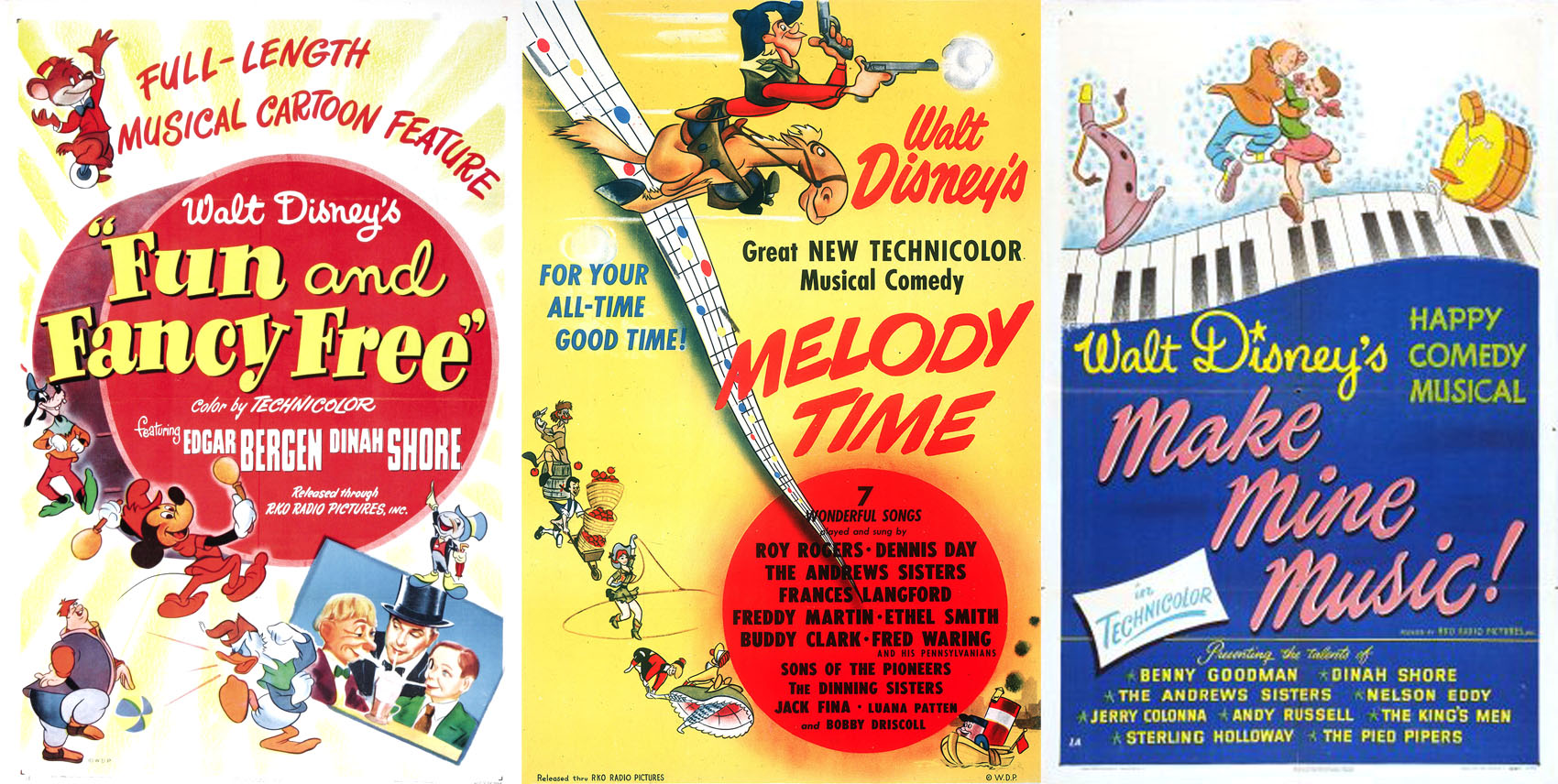
Knowing he needed to make a drastic change, Walt decided to take a huge risk and make another full-length animated film. He went on to spend nearly $3 million on Cinderella. By the time the film was completed, it cost so much that it couldn’t just be a decent success. It had to be a huge hit for the company to survive. Disney songwriter Richard Sherman, in the making-of featurette for the Cinderella DVD, explains how Walt was rolling the dice and praying “for the movie to be a hit.” It’s hard to imagine the pressure and perspiration Walt Disney must have experienced as he hoped desperately for the company he worked so hard to build to not only survive, but thrive.
Whether you like it or not, it was Walt’s idea to include the whole sub-plot with the mice and cat. This subplot added a certain kind of comedy that people were familiar with from the animated shorts that were played before a main live-action feature at the time. It was this blend of two storylines that gave the film a broader audience. Despite how some audiences feel about the mice’s screen time, one can’t deny that the film has a lot of heart in its core story. This may be due to the fact that Walt really connected with Cinderella as a character. Just as Walt did himself, Cinderella is an underdog who goes from rags to riches. It’s no surprise, then, that Walt Disney’s favorite piece of animation was when Cinderella’s dress turns into a ball gown.
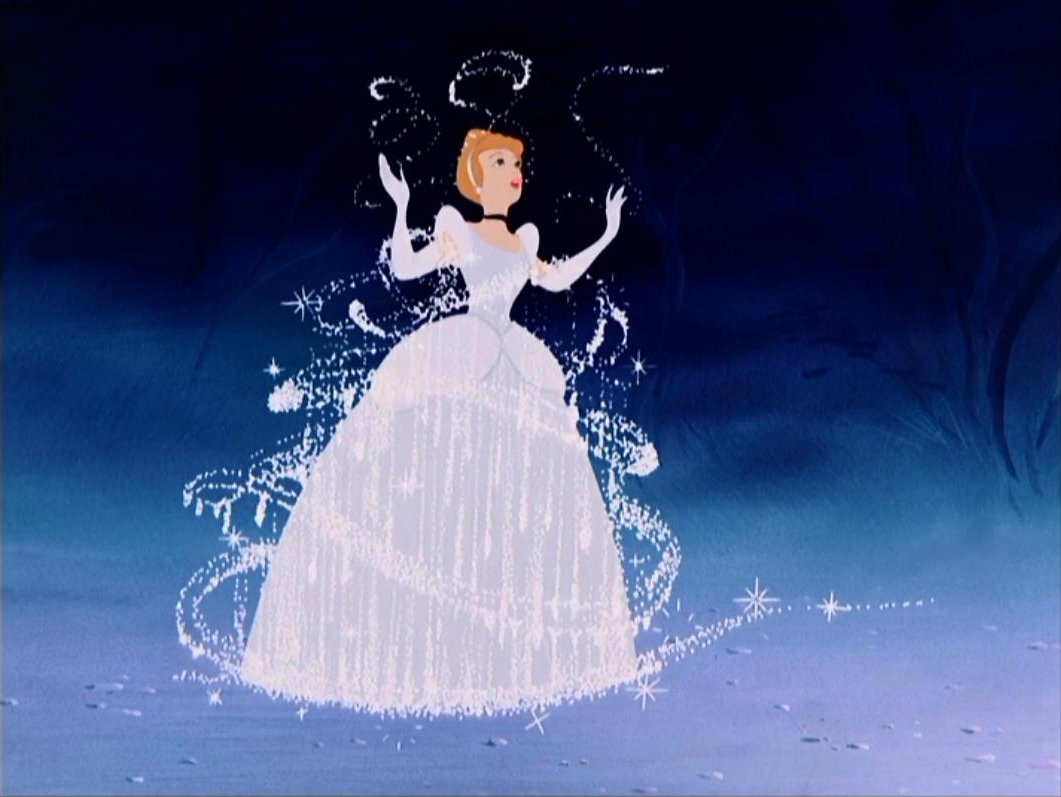
We, of course, have to take our hats off to the nine old men and to Mary Blair for the incredible animation and look of the film. For a movie that had to take a few shortcuts – such as filming live-action footage to sketch over and rotoscope – it’s a beautiful film. A fair amount of the film’s success can be given to the soundtrack too. Before the Sherman brothers entered the scene in the 1960s, Walt used a group of song writers from Tin Pan Alley in New York. The musical success of Cinderella led them to write music for later films such as Alice in Wonderland and Sleeping Beauty. “Bibbidi-Bobbidi-Boo” was a huge pop hit at the time, particularly amongst children (similarly to Frozen‘s “Let it Go”). It was nominated for Best Song in the Academy Awards and the film’s music was nominated for Best Original Score. Of course, we all recognized the tune of “A Dream Is A Wish Your Heart Makes” from the earlier Disney logo (and let’s not forget that the film’s opening song, “Cinderella”, is the Rotoscopers’ anthem).
Cinderella opened in cinemas on February 15, 1950. It was a big box-office hit, but that wasn’t all. Merchandise, such as clothes and dolls, helped with its success and additional profits rolled into the studio due to music sales published by Disney’s own company. This may seem commonplace now, but it was quite revolutionary at the time to have a film’s music released by the film company. This was another clever move on Walt’s part, since the soundtrack album was number one for an entire year. It’s amazing how familiar this can all look when we think about the popularity of Frozen today.
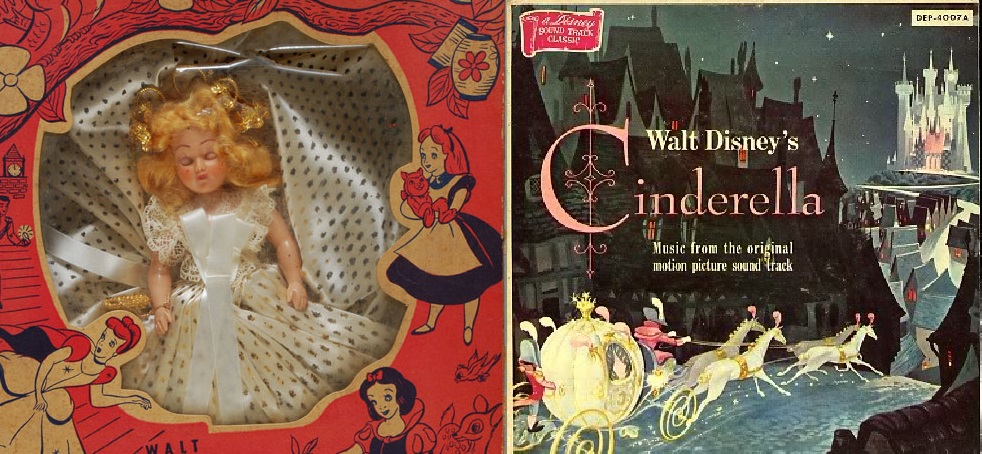
It’s incredible when you think about how a film can make or break a company and how one film can change the course of entertainment history. Can you imagine a world without Disney feature animation? Luckily, we don’t have to. And, it’s all thanks to Walt Disney putting all his chips in and rolling the dice on a little movie called Cinderella.
Do you like Disney’s Cinderella? What do you think a world without Disney animation would be like?
Edited by: Hannah Wilkes


